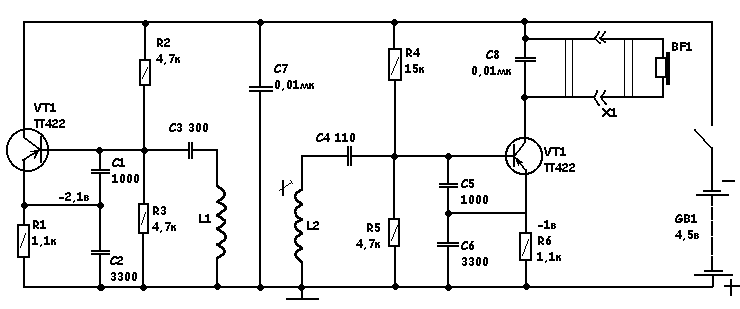Good job Esteban! I was about to go digging for it tomorrow, the curiosity was starting to get to me! 
The question I have - could this be the world's first VLF detector??

The question I have - could this be the world's first VLF detector??




Comment